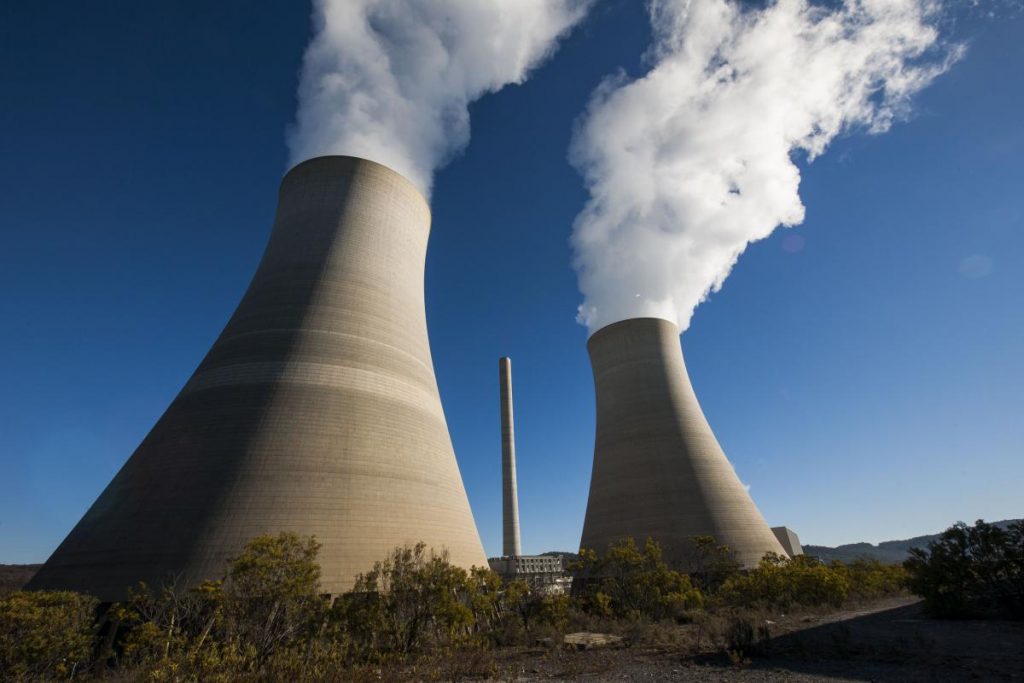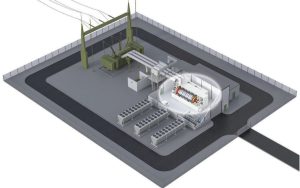Born again: Can fossil fuel generators gain a second life?
A new report examines whether old fossil fuel electricity generators can be repurposed to perform a vital role in stabilising the renewable energy electricity network.

Converting old fossil-fuel generators to perform a key role in a renewable energy electricity network is technically possible. It could also be quicker and cheaper than building alternative synchronous condensers.
An ARENA-commissioned report, Repurposing Existing Generators as Synchronous Condensers, estimates conversion costs could be up to 40 per cent cheaper than building from scratch an alternative device, known as a synchronous condenser.
Repurposing a gas-powered generator could cut installation lead times from a minimum of around 30 months for a new synchronous condenser, to as little as six months.
And although big, coal-fired steam generators could cost more to convert and take longer than the alternatives, the end product could deliver the equivalent effect of several synchronous condensers combined.

A generator is, essentially, a huge, powered, spinning mass with the main purpose of producing a steady supply of electricity. But because it is so big, its inertia can also help keep the electricity network stable.
Synchronous condensers are also huge spinning masses, albeit smaller than generators. Their only role, as old generators retire, is to help maintain network stability.
As more generators retire, replaced by renewable energy sources, their stabilising role disappears. One solution is to build more synchronous condensers.
But there are problems with that approach.
The whole world is looking for solutions to the same problem. As global demand for synchronous condensers accelerates, a supply shortage is emerging. That inevitably leads to rising costs and longer wait times.
For context, network operator Transgrid recently published initial estimates indicating a need for 20 synchronous condensers in NSW alone by 2025.
Which type of generators are the easiest to convert?
The report focusses on fossil fuel-powered generators, noting that many hydro generators can already operate as synchronous condensers.
The ease of converting existing generators varies with technology and local site conditions.
Examining three technologies, the report finds the order of ease, speed, and cost of conversion to be:
Open-cycle gas turbine, which van be converted by adding a clutch between the turbine and the generator. That would involve a lead time of six to eight months with only modest structural, cooling and lubrication modifications likely. Overall, the conversion cost could be around 60 per cent of building new synchronous condensers with the equivalent performance.
Combine-cycle gas turbines, which have both gas and steam turbines, would depend far more on the design and layout of the system. At its simplest, conversion could also just involve installing a clutch, with cost and lead-time savings to match.
Coal-fired steam generators are the most difficult to convert and most dependent on the design and condition of the system. Lead times could be as short as 12 months but more likely to range from18 months up to four years. Costs are also expected to be higher but, in favourable circumstances, could match those of gas generator conversions.
What are the report’s recommendations?
Although the report’s recommendations acknowledge “there are no precedents for the conversion of large fossil fuelled generators to synchronous condensers in Australia,” it strongly recommends urgent action.
Firstly, to build knowledge, the report highlights the need to support at least two, preferably three, site-specific investigations.
Secondly, to meet the challenge of ever-increasing system needs amid rapidly approaching deadlines, the report urges System Strength Services Providers to assess potential projects and seek regulatory approvals.
The report also makes recommendations around exploring the structure of relevant contracts and, separately, establishing data points for the value of inertia.
The final recommendation takes a sideways look at the repurposing question. It asks whether new synchronous condensers could be built from old generator spare parts.

ARENA